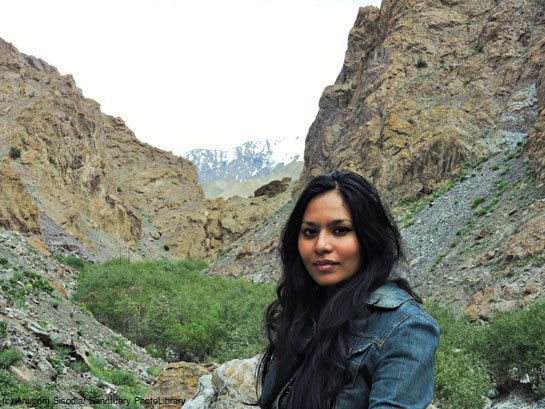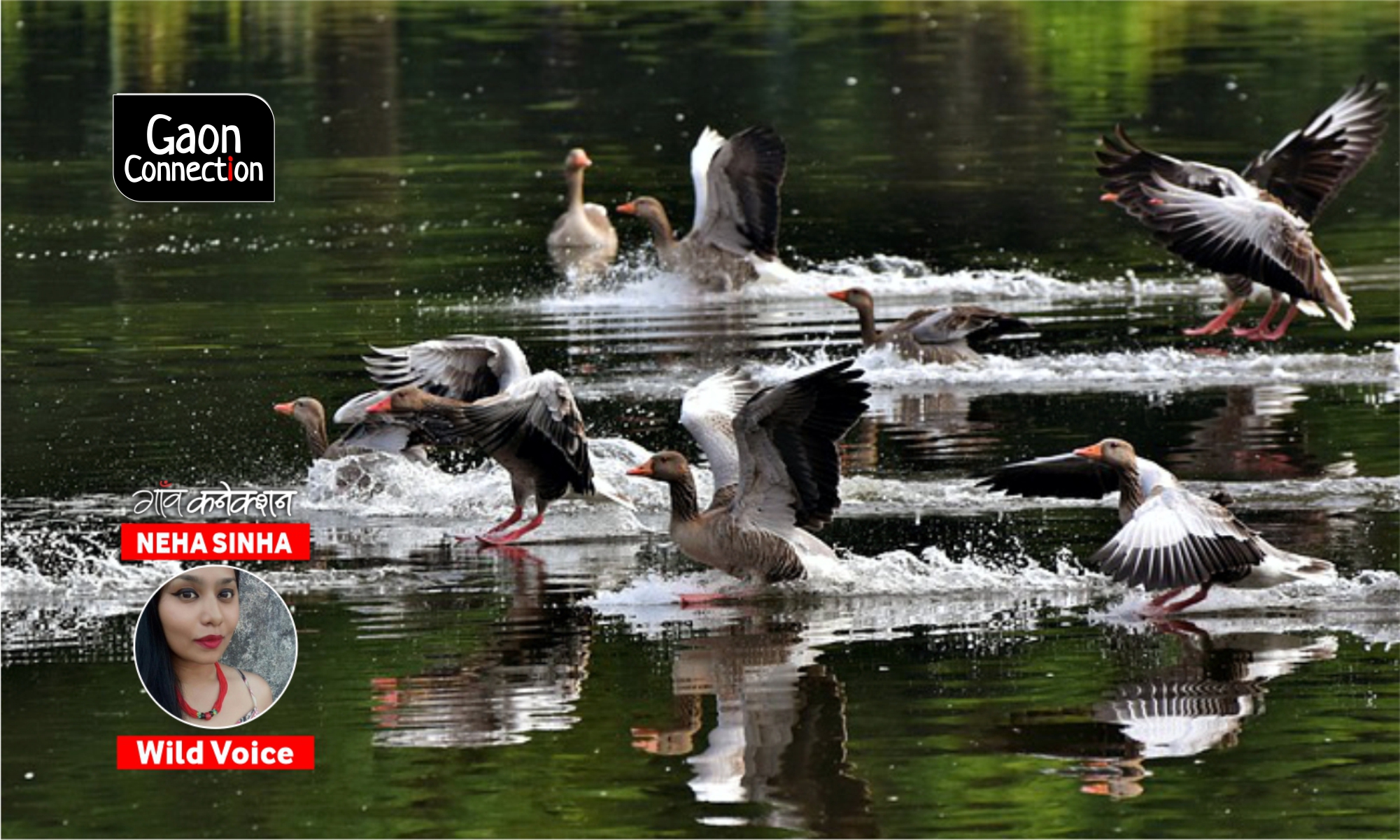What happens in Rajasthan’s Sambhar lake can impact the global population of bird species
Birds know better than us where to go, when to leave for their journey and when to stop. Our part in this journey is much more limited: it is about ensuring the bird’s resting places are safe


A little-known place in Rajasthan has been making international headlines, as a massive tragedy unfolds.
The places are not Jaipur or desert sands in Sam, known for their tourist footfall. The place is Sambhar lake, a little off Jaipur. An estimated 17,000 plus migratory birds have died in Sambhar lake. The tragedy is not just of the deaths, but also the facts that these birds — coots (a small water bird), avocets (a bird with a signature curving beak), stilts (with legs that are the longest in proportion to their bodies), shovelers (a kind of duck) flew from thousands of kilometres to India, only to meet an untimely death.
Various laboratories who have conducted tests on these birds have found that the birds have died of avian botulism, most probably due to the spread of bacteria in the water. Large-scale deaths in the wild are not unknown, but they bring to light one escapable fact: a single site is connected to thousands of lives.

What happens in Rajasthan’s Sambhar lake, which gets lakhs of migratory birds, or Andhra Pradesh’s Kolleru lake, which supports breeding sites for the Spot-bellied Pelicans and lakhs of other birds; or Odisha’s Chilika, which is a bird party in the winter — whatever happens in these sites can impact the global population of bird species.
To my mind, this is like magic, even though we don’t fully understand migration. Birds know better than us where to go, when to leave for their journey and when to stop. Our part in this journey is much more limited: it is about ensuring the bird’s resting places are safe.
A local talab (lake), a reservoir, sandy areas next to rivers, small ponds, huge lagoons — all of these are a matter of life and death for these brave birds. The Arctic Tern migrates each year from the North Pole to the South Pole. In its lifetime, it covers more than 2.4 million kilometres.
Most migratory birds will come to wetlands, and for a few weeks, that place takes the shape of a bird’s heart. Even if small, it beats furiously. You can hear this heartbeat — noisy shrieks, water splashing, ducks diving, egrets squabbling, tiny footprints with three lines in them marking out the mud.

Wetlands connect points on the globe. They are extremely important places for a bird that has learnt to reach a particular place that does not look impressive to us. In earlier studies in ornithology, rings and bands were fitted on the legs or necks of birds. Photographs were taken year after year of flocks, and the bird’s ring details are studied. Bands have colours, with each colour signifying a region; rings have numbers. Now, with the advent of satellite tags — very light, solar-powered instruments that can weigh as little as two grams, and give out satellite signals — our knowledge of migration is greatly enhanced.
Because of satellite tracking, we know that the Amur Falcon breeds in Siberia and Northern China, and it comes to Nagaland for a month to fill its belly and gather strength. We know it flies over the Indian ocean, without halting, without taking a break, and because the signals are live, we know that it crosses the Indian ocean in four days and reaches Africa. This is a marathon: and clearly, the bird understands the earth, the skies, the seas and the land much better than we can.
Another study on Bar-headed geese that were tracked found that birds come to India from Tibet. That doesn’t seem as far as Siberia — but in order to cross to India, the Bar-headed geese fly over the Himalayas, higher than Mount Everest. A recent study finds they are able to do this because they can chill their blood and slow their metabolism in order to fly over Everest — that is nine kilometres from sea level. But where did the tagged Bar-headed geese from Tibet go? The birds chose a place that most people would just pass by.

On the Agra highway lies a tiny sanctuary called Sur Sarovar. Close to the banks of the Yamuna, this sanctuary, till recently, was choked with water hyacinth. But it’s good enough for the geese — better than good, because they cross Delhi’s smog and Agra’s tourist pressure to gracefully descend in the not-so-pristine wetlands near the Yamuna.
The birds make choices on the land and water for us; and for our own sake, and the sake of the magical, mystical clock of migration, we should mark these places and leave them for Nature.
Earlier this year, after the death of a member of my extended family, I was in Delhi’s Nigambodh Ghat. The air was thick with ash and cloyed with resentment. People I didn’t know were in every corner and crevasse, listless with grief, shock and the heat of funeral pyres. The place seemed like an unfeeling, ancient witness to so many tragedies, the bodies of both the young and old. From an old Banyan tree though, a chittering sound emerged. The branches were shaking, almost with merriment. It was a group of migratory Rosy Starlings, here from Europe and about to make their way back to colder climes. The birds were oblivious to the mourning around them, singing and chattering, they were the very epitome of joy and abandon. Of all places in Delhi, these visitors had chosen a crematorium and a Ghat to spend the day.
The starlings seemed to be laughing; asking me: did you think there are only fires and tragedies in the city? Look at us, and learn how to live. Value trees and waters, make friends and stick with them. And: travel far; go beyond the horizon.
Neha Sinha is working with the Bombay Natural History Society.
(Views are personal)

